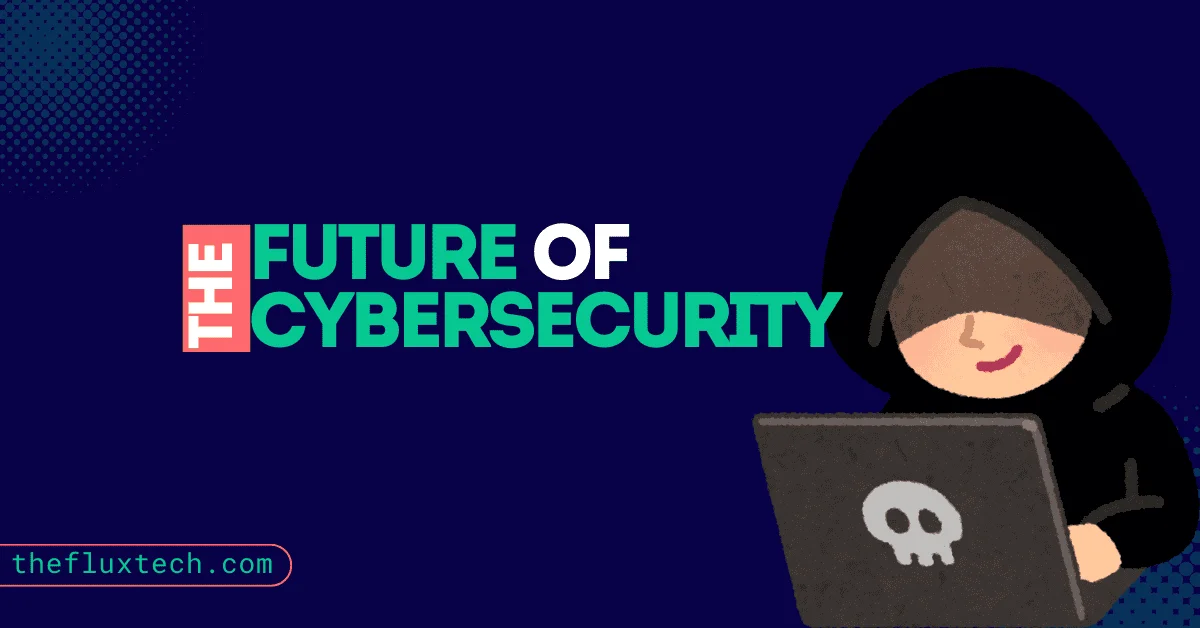Remote work has transformed from a niche concept to a mainstream phenomenon, reshaping how businesses operate globally. Historically, remote work was limited to select industries, but technological advancements and the COVID-19 pandemic accelerated its adoption across diverse sectors.
Today, remote work is not just a trend; it’s a necessity that drives productivity, fosters work-life balance, and reduces operational costs. Companies are leveraging innovative tools to support distributed teams, making remote work a cornerstone of modern business strategies.
What is Desktop-as-a-Service (DaaS)? A Quick Overview
Desktop-as-a-Service (DaaS) is a cloud-based service that provides virtual desktops accessible from any device with an internet connection. Unlike traditional on-premises setups, DaaS offers flexibility, scalability, and security by hosting desktop environments in the cloud.
This technology empowers businesses to support remote workforces seamlessly, ensuring employees can access their workspaces from anywhere. As a vital enabler of remote work, DaaS is shaping the future of workplace dynamics.
Current Trends in Remote Work
1- The Rise of Hybrid Work Models
The hybrid work model, combining in-office and remote work, is gaining popularity as businesses strive to balance flexibility with collaboration. Employees value the autonomy of remote work while appreciating occasional in-person interactions.
Hybrid models cater to both preferences, fostering inclusivity and employee satisfaction. Companies like Microsoft and Google have implemented hybrid policies, setting a precedent for others to follow.
2- Tools Powering Global Collaboration
The proliferation of tools like Zoom, Slack, Microsoft Teams, and Asana has revolutionized remote collaboration. These platforms enable real-time communication, project management, and file sharing, bridging the gap between dispersed teams.
Advanced features like AI-powered transcription and integration capabilities enhance productivity, making remote work more efficient and effective.
3- Cybersecurity Challenges in Remote Work Environments
With remote work comes increased exposure to cybersecurity risks. Phishing attacks, unsecured Wi-Fi networks, and endpoint vulnerabilities are significant concerns. Companies must adopt robust cybersecurity measures, such as multi-factor authentication (MFA), endpoint detection and response (EDR), and regular employee training to mitigate these threats.
Understanding Desktop-as-a-Service

How DaaS Enhances Remote Work Efficiency
DaaS eliminates the need for physical hardware by providing cloud-hosted desktops, enabling employees to access their workspaces from any device. This flexibility boosts productivity and ensures continuity during disruptions.
For instance, employees can switch devices seamlessly without losing data or progress, enhancing their overall efficiency.
Comparing DaaS with Traditional Virtual Desktop Infrastructure (VDI)
While both DaaS and VDI offer virtual desktop solutions, they differ in deployment and management. VDI requires on-premises infrastructure and maintenance, making it resource-intensive. In contrast, DaaS leverages cloud infrastructure, reducing upfront costs and IT complexity.
This distinction makes DaaS a preferred choice for businesses seeking scalability and cost-efficiency.
A study found that 98% of remote workers would like to continue working remotely for the rest of their careers, reflecting its lasting appeal
Key Features of a Modern DaaS Solution
Modern DaaS solutions offer features like:
1- High Availability:
Ensures consistent access to virtual desktops by leveraging cloud infrastructure designed for minimal downtime. High availability guarantees that employees can work without disruptions, even during unexpected technical issues or maintenance.
2- Multi-Device Compatibility:
DaaS supports seamless integration across a wide range of devices, including laptops, tablets, and smartphones. This feature allows employees to switch between devices effortlessly, enhancing productivity and convenience in a multi-platform work environment.
3- Advanced Security:
Security is a cornerstone of DaaS, with measures such as end-to-end encryption, intrusion detection systems, firewalls, and compliance with global standards like GDPR and HIPAA. These robust features protect sensitive business data from breaches and ensure a secure workspace.
4- Customizability:
Businesses can tailor virtual desktops to specific user roles or operational needs. Whether adjusting access permissions, installing custom software, or setting user-specific configurations, DaaS adapts to meet diverse organizational requirements, enhancing user satisfaction.
5- Scalability:
DaaS solutions provide the flexibility to scale resources up or down based on demand. For example, during peak business seasons, companies can quickly add new users and resources, while scaling back during slower periods. This capability ensures cost-effectiveness and adaptability.
Also Read: Industrial Metaverse: 20% Efficiency Boost for Enterprises
Benefits of Desktop-as-a-Service for Remote Work

Seamless Accessibility Across Devices and Platforms
DaaS allows employees to work from any device, anywhere, ensuring a consistent experience across platforms. This accessibility empowers remote teams to remain productive and collaborative without being tied to specific hardware or locations.
Reducing Hardware and IT Overhead
By shifting desktop management to the cloud, businesses can minimize hardware investments and IT maintenance costs. With DaaS, companies only pay for the resources they use, making it a cost-effective solution for scaling operations.
Enhancing Scalability and Flexibility for Businesses
DaaS enables businesses to scale their workforce effortlessly. Whether onboarding new employees or accommodating temporary staff, companies can deploy virtual desktops quickly without infrastructure constraints. This flexibility is crucial in today’s dynamic business environment.
Remote work saves employees an average of 72 minutes of commuting daily. Many use this saved time to increase productivity
Future Trends in Remote Work and DaaS
AI Integration: Smarter Remote Work Solutions
Artificial Intelligence (AI) is revolutionizing DaaS by automating routine tasks, optimizing resource allocation, and enhancing user experiences. AI-powered analytics provide insights into usage patterns, helping businesses optimize costs and improve performance.
The Role of 5G in Enabling Seamless DaaS Experiences
The rollout of 5G networks promises ultra-fast connectivity and low latency, addressing one of the key challenges of remote work—network reliability. With 5G, DaaS users can experience smooth and uninterrupted access to virtual desktops, regardless of location.
Green Computing: How DaaS Supports Sustainability Goals
DaaS contributes to sustainability by reducing energy consumption and e-waste. Cloud-based solutions eliminate the need for energy-intensive on-premises servers, aligning with green computing initiatives and corporate social responsibility goals.
Challenges and Solutions

Overcoming Security Risks in DaaS Deployments
Security concerns remain a top priority for businesses adopting DaaS. Implementing robust encryption, identity management systems, and regular audits can mitigate risks. Partnering with reputable DaaS providers who prioritize security ensures compliance and data protection.
Bridging the Digital Divide for Global Workforce Inclusion
Access to reliable internet and devices remains a barrier for some regions. Governments and businesses must collaborate to provide affordable connectivity and devices, ensuring equal opportunities for all employees in remote work environments.
Remote work has driven demand for robust DaaS and SaaS solutions, with businesses investing in tools to secure hybrid work environments, such as encryption and advanced collaboration software
Employee Well-Being: Addressing Burnout in a Remote-First World
Remote work can blur boundaries between personal and professional lives, leading to burnout. Companies should prioritize mental health by encouraging regular breaks, promoting wellness programs, and fostering open communication to address employee well-being.
Strategic Considerations for Businesses

Selecting the Right DaaS Provider: Key Factors to Consider
Choosing a DaaS provider requires evaluating factors such as security features, scalability, customer support, and pricing. Businesses should conduct thorough assessments and seek recommendations to ensure the provider aligns with their needs.
Training and Adoption Strategies for Remote Work Success
Effective training programs are essential for seamless DaaS adoption. Providing employees with resources, tutorials, and support helps them adapt to new systems quickly. Regular feedback loops ensure continuous improvement and user satisfaction.
Measuring ROI: The Business Case for Investing in DaaS
Investing in DaaS offers tangible benefits, including cost savings, improved productivity, and enhanced flexibility. Businesses should track metrics like reduced downtime, employee satisfaction, and operational efficiency to measure ROI and validate their investment.
Final Words
As remote work continues to redefine traditional office dynamics, Desktop-as-a-Service emerges as a critical enabler of this transformation. By providing flexible, secure, and scalable solutions, DaaS empowers businesses to adapt to changing workforce needs.
As technology evolves, DaaS will play an even more significant role in shaping the future of work, ensuring businesses remain competitive and employees stay productive in an increasingly digital world.
Also Read: 10 Ways Generative AI Is Changing Content Creation in 2025
Devokang Technology: 5 Breakthroughs Shaping the Future
Till Next Stay Connected With Us 🙂





2 thoughts on “Future of Remote Work and Desktop-as-a-Service (DaaS)”